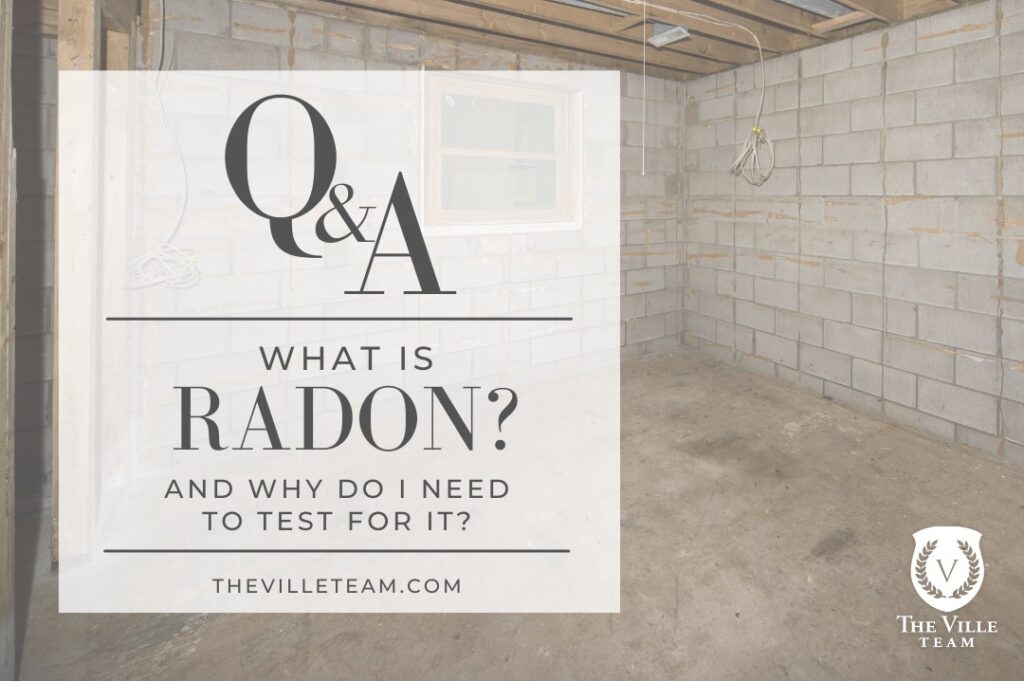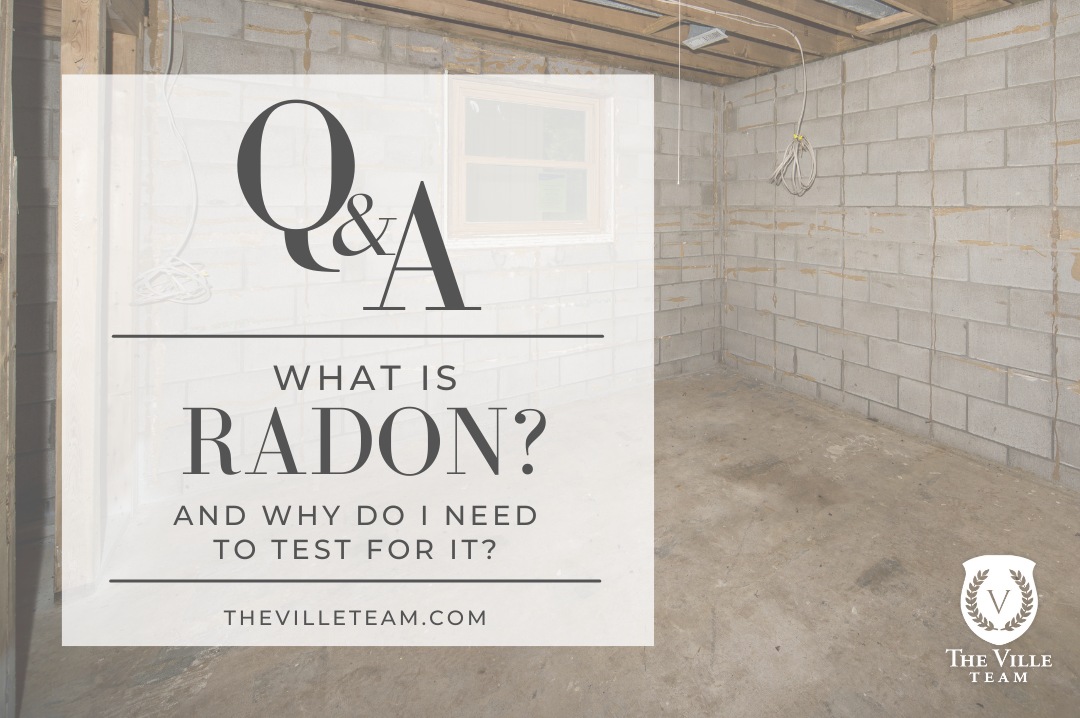
When purchasing or selling a home, an important early step in the process is a comprehensive home inspection, including the suggested radon testing. Discovering elevated radon levels shouldn’t deter a transaction; instead, it simply signals the need for resolution. But what exactly is radon, and why should you be aware of it? Here’s what both buyers and sellers should understand to approach radon confidently during real estate transactions.
What is Radon?
Radon is a colorless, odorless, and naturally occurring radioactive gas that comes from the decay of uranium in the ground. It can enter homes through cracks in the foundation and other openings. Although undetectable without testing, radon is important to address, as prolonged exposure to high levels is the second leading cause of lung cancer in the U.S.
Why Radon Should Be on Your Radar
In areas like Illinois, many homes test above the EPA’s action level of 4 picocuries per liter (pCi/L). This doesn’t mean that homes with radon issues should be avoided—far from it. With proper testing and mitigation, radon can be managed effectively, ensuring a safe living environment.
What Buyers Should Know
- Testing Is Routine: In high-radon areas, testing a home for radon is a standard part of the inspection process. Finding elevated radon levels shouldn’t be a deal breaker; it’s a signal to ensure the issue is addressed.
- Mitigation Works: If a home has elevated radon levels, installing a mitigation system is a straightforward and effective solution that significantly reduces radon to safe levels. Homes with these systems can offer peace of mind knowing the issue is already managed.
What Sellers Should Do
- Test Before Listing: Being proactive by testing your home before putting it on the market can reassure potential buyers and help streamline the transaction.
- Share Information: Transparency is key. Providing prospective buyers with recent radon test results can build trust and show that you are a responsible homeowner.
- Consider Mitigation: If high levels are detected, installing a mitigation system can enhance the value and appeal of your home, demonstrating that it’s safe and well-maintained.
How Radon Testing and Mitigation Work
Testing for radon is simple and affordable, whether using a professional service or a DIY test kit. If radon levels above 4 pCi/L are found, mitigation is recommended. A radon mitigation system works by venting radon from beneath the home to the outside, effectively reducing indoor radon levels. These systems are reliable, long-lasting, and add value by ensuring a safer living space.
The Benefits for Both Buyers and Sellers
- Buyers: Knowing that radon can be addressed through mitigation allows you to confidently move forward with your home purchase. It’s not just about identifying the issue but understanding that there is a solution.
- Sellers: Addressing radon proactively helps make your home stand out, reassures buyers, and may lead to a quicker, smoother sale.
For both buyers and sellers, understanding and addressing radon is part of making informed, confident real estate decisions. In areas where radon is common, such as Illinois, being proactive helps ensure that any home can be a safe, healthy space. Far from being a reason to shy away, taking steps to test and mitigate radon demonstrates thoroughness and commitment to quality. With the right approach, radon is a manageable aspect of homeownership that doesn’t have to be a hurdle but an opportunity for reassurance.
The American Lung Association has a very informative video talking about radon and what home owners should know.
You’ve got real estate questions and we’ve got answers! The Ville Team would love the opportunity to talk with you about your real estate goals and how we can help. Contact The Ville team today!



